(Written on Apr 24, 2014)
Ah, as always with great relief we dropped the lines at our jetty and in our good ship Whale Song headed towards one of our favourite spots – the Perth Canyon. It was 0610 in the morning and the darkness surrounded us as we made our way out of the harbour. Our nav lights lit us and the various markers, as well as some of the later-leaving lobster boats. In the dim early morning light, I gave our safety briefing to Lynnath and her team of students, Alicia, Max and our friends’ past neighbour, Brodee. Towards the end of my safety briefing the sun rose over our fair city of Perth. The familiar cityscape of buildings was silhouetted in a deep orange, dawn light. What a glorious start to another day.
Passing to the south of Rottnest Island, our compliment of 12 for the next few days travelled westwards crossing the 200, 300, 400 and 500 m contour lines. Nary a whitecap dared break on the smooth sea, with the less than 5 knots of south-easterly breeze. Our ships’ crew quickly slipped back into our at-sea mode. We found ourselves madly preparing equipment bags, charging cameras, attaching poles, placing GoPros everywhere on Whale Song/Orca/helmets, gathering life-vests, positioning the microscope in the aft deck bench and just generally getting ready for an interesting couple of days.
The focus of our research work in the Perth Canyon, are the pygmy blue whales that frequent this ‘cafe’ and the krill that form the basis of this ‘cafe’. Some of the questions we are asking include “Where and how are the pygmy blue whales feeding?” Deployed satellite tags, brought by Prof Russ Andrews will help answer the first query and “How many species of krill are present?” will be solved with analysing plankton tows during the day and night by Lynnath’s gang.
By 1130 am we crossed an area we call ‘The Wall’ and still we readied ourselves for that earth-changing event when a whale has been sighted… Lunch came and went, (ham, cheese, lettuce salad, tomatoes, corn, radishes and Turkish bread and some hot rice/chicken curry and broccoli leftovers) and sadly, with no distracting alarms to whales.
Looking for whales in the afternoon, we took our usual route when first searching. We headed north up ‘The Gully’, a bathymetric wrinkle, so to speak to the east of ‘The Plateau’ then to the west for 5 nm and south again totally surrounding ‘The Plateau’. Not a blow was to be seen, however with the calm conditions and our expectations so high, I felt as though I had seen many, many blows… really just Longmuir lines on the surface, external evidence of internal waves.
Putting in a sonobuoy we listened and listened to some rather strange sounds that were similar to ‘toots’, but with quite complex texture. Curt and Russ were sure it was being made by a cetacean of sorts and after some discussion Curt decided that it might be Risso’s dolphins. We headed south and the calls reduced, a third sonobuoy later and Curt tracked the sounds to the north again… Sure enough within a few minutes Inday called down, “Got something at 350 degrees and 0.15 nm” from the fly-bridge. About 10 dark dorsal fins broke the water surface in unison – we had found the squeakers, what wonderful sounds! Now we had acoustic, visual and photographic evidence of these Risso’s dolphins! We saw about 20 or so animals. They stayed about 0.2 nm away, a couple breached clear out of the water but we didn’t have any close passes. A CTD drop was in order and thus the system was rigged and then a new bongo net deployed to 200 m. With some gridding and funny sounds at 1600 (LT) we were horrified when we realised there was no pressure on the line and that the net was gone… We were never far from the splashes of the Risso’s dolphins and returned to them, this time, there were around 200 individuals. Their scarred dorsal fins looked as though they had been scribbled on with black chalk and their white bodies, stunningly pale were covered in black teeth-rake marks.
For two more hours we licked our wounds about the lost net and fervently continued searching for the maker of all the deep pygmy blue whale calls on our sonobuoys. Trying to reverse our disappointment, Curt used two sonobuoys to cross-reference calls and we headed north again. In the diming light we strained our eyes to see a splash that Inday and Brodee had seen from the fly-bridge. This whale was playing with us. At 1800, with the grey light under an overcast sky, we called it quits and luxuriated in the yummy smelling dinner that Resty was putting the finishing touches to. Beers and chips before our evening meal went down well and as the dishes were laid on the table our rumbling tummies were almost satisfied. Chilli squid, coconut vegetables, steamed rice, roast potatoes and fresh salad filled the gaps. An evening plankton tow had Alicia peering down her microscope identifying at least three species of krill, yea, whale food! Two more calls at dinner from two different directions indicated there are still whales here… our hopes are high for tomorrow.
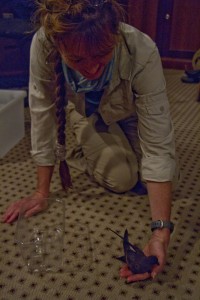
Taking care of a visitor – a Wilson’s storm petrel rested overnight on ‘Whale Song’.
Photo credit I. Ford
A wonderful day on the briny was had by all. Soon we will be in the thick of whales and as busy as ever. Bring it on! A tiny, tired Wilson’s Storm Petrel had a little rest on the aft deck bench. I brought it inside but as it was thrashing Simon put it outside on the fly-bridge. On my watch I checked it but with raining coming, I warmed it in my jacket for a few hours then let it rest again outside in a dry area of the fly-bridge. In the morning, Lynnath checked it and from her hand the little bird took flight again, after a nice rest! Glad to see the sea again and also feel the briny.
Satiated with grey water and hoping for blue whales and blue water on the ‘morrow!
Mich
P.S. Have a look next Monday for the next instalment of these Blue Blogs!

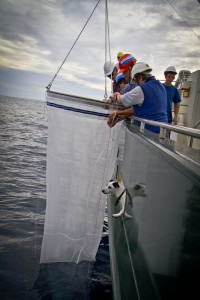
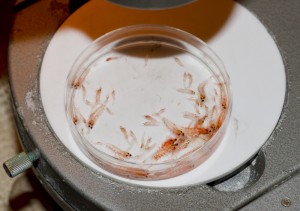
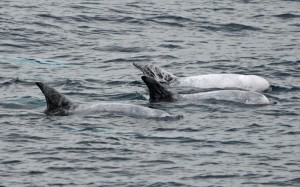
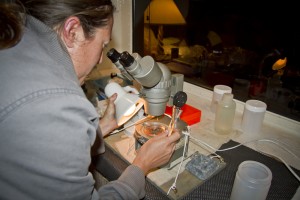



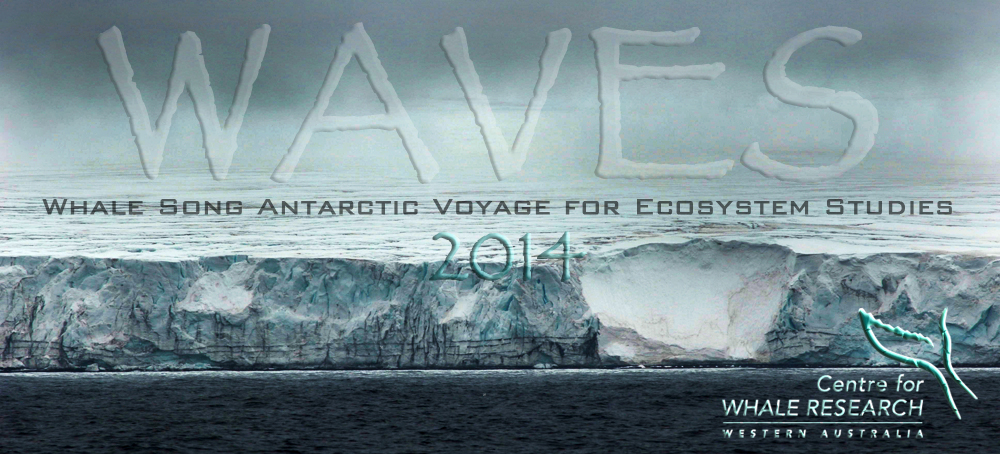










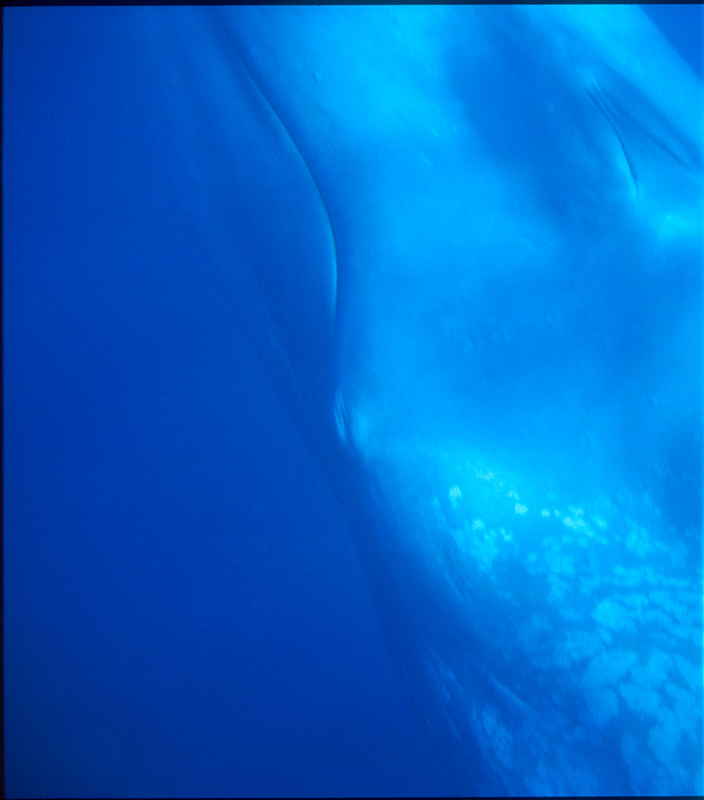
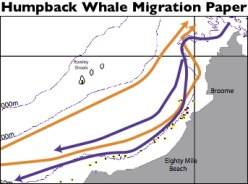
No comments yet.